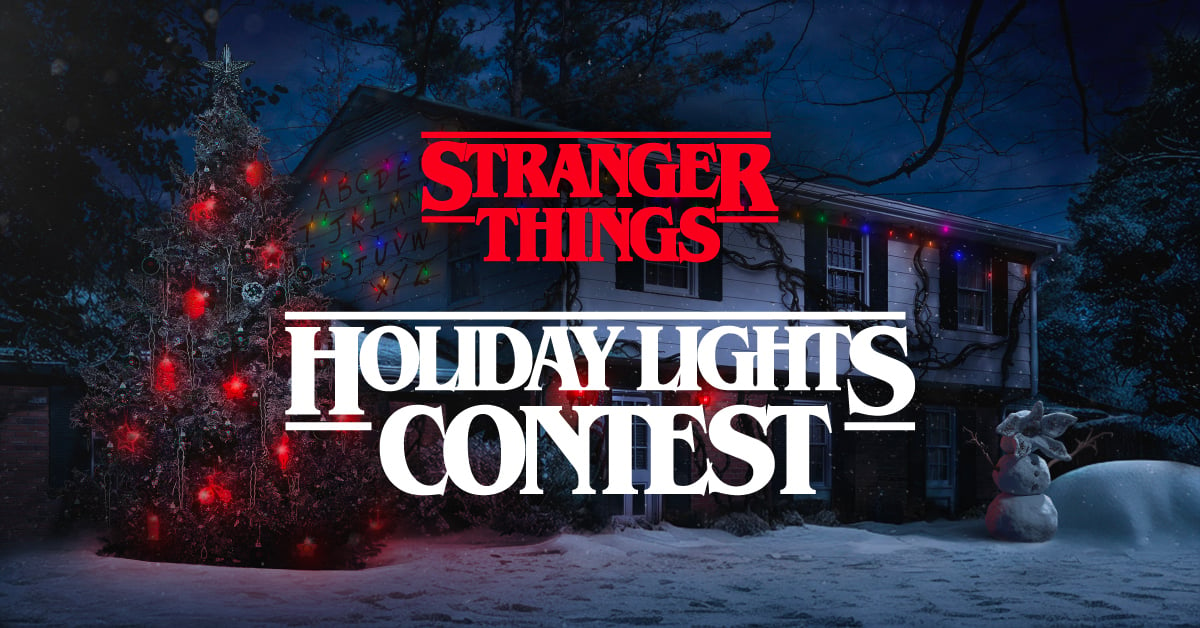Buyer personas offer a path to understanding your ideal customer in more depth than traditional market segmentation. They allow you to collect and leverage detailed customer profiles in ways that help businesses deliver personalized offers, design products or services that address specific challenges, and speak a shared language across teams.
If anticipating your potential customers' habits and goals would improve your sales, organizational efficiency, and retention, then learning how to create a persona is more than worth the investment.
Understanding the basics of persona creation
What is a buyer persona? Personas aims to increase meaningful engagement at multiple levels of your small business and help build valuable relationships with your clients. Serving clients means knowing what they need and want, but dancing between data analysis and anecdotal input from customer-facing employees still contains a level of guesswork.
Buyer personas are tools that offer those deeper insights beyond market segmentation, typically capturing:
- Demographics – Who are they? Start with gender, age, job title, seniority level, location, education, and other attributes similar among your customers. This may also encompass factors such as industry, company size, and critical tools or services.
- Buying role – This is especially critical for B2B companies, but many B2C companies also need to understand how individuals and their different roles interplay with influence, decision-making, purchasing, and use of products and services.
- Psychographics – How do they live? Consider factors such as lifestyle, personal values, interests, or hobbies that have the potential to help capture their attention or understand their decision-making process.
- Consumer behavior – When, where, and how do they make decisions related to buying or using products and services? Which platforms do they prefer, and on which days or times, seasons, or intervals will they be active? Do they wait for special offers or discounts?
- Motivations – What motivates your customers to interact, make decisions, or use products or services? Are they primarily budget-driven, brand-loyal, or in pursuit of convenience and time savings?
- Goals – What professional and personal goals and objectives drive them?
- Challenges – What are their pain points? What challenges are they looking to overcome?
Don’t forget to consider your negative buyer persona—a representation of customers you don’t want to target. Avoiding these leads can save valuable resources and improve your marketing efforts.
The benefits of learning how to create a buyer persona and integrating them into your sales process include:
- More efficient and effective decision-making, design, and strategic planning
- Improved marketing ROI through better personalization, timing, and tactical planning
- More intentional and effective ad targeting
- Greater internal clarity across departments or functions
- Prioritization of platforms, channels, and tactics that matter
- Greater understanding of purchase barriers
Step 1: Identify your target
Start with what you already know about your target market. Whether that’s dog owners willing to pay for convenience, first-time homebuyers, or anyone in a 10-mile radius who loves soup, arrive at a starting point of what you know (and guess) about your ideal customer.
Step 2: Gather preliminary data
A crucial part of creating a detailed persona involves in-depth research. Remember, although you’ll end up choosing a fictional name, everything else on your customer persona card will be drawn from facts and patterns originating in new and available data.
Let’s start with whom to study. You’ll collect information about your:
- Current customers
- Past customers, especially when feedback after churning is available
- Prospect pool
- Potential customers
- Other options, such as referrals
Research methods typically include some or all of the following options, which can either be managed internally or outsourced:
- Individual interviews
- Surveys
- Focus groups
- Social listening
- Third-party user testing networks
- Social network demographic targeting and testing services
In addition to acquiring new research responses, you’ll also mine data and anecdotal input from your:
- CRM (customer relationship management) system reports
- Web traffic and heat mapping
- Social media analytics
- Customer service and support feedback and reports
- Marketing analytics (such as digital ads, emails, and campaigns)
- Sales team input on interaction levels across leads and customers
Finally, you can incorporate data from:
- Industry trends and reporting
- Competitive research
- Market research
Step 3: Identify behavioral patterns
Next, it’s time to use this valuable research. Start grouping similar traits and behaviors to organize the multitude of data points that will help shape your personas.
Some of the common patterns that businesses collect while building personas include:
- Preferred platforms and devices for shopping, researching, buying, and support
- What triggers a purchase, keeps them loyal, or causes abandonment
- How a product or service addresses their goals and challenges (or doesn’t)
- Specific roles in decision-making and using a product or service
- Hopes, fears, likes and dislikes, trend adoption, preferred tone and language
Step 4: Segment your audience
You don’t need to include every bit of information your research uncovers—you’re looking for patterns and commonalities that align with critical segments and buyer groups for your business.
For instance, a local bakery could segment their target audience into:
- Nearby corporate administrative staff buying for meetings and events
- Foodies attracted by social or news coverage of the store’s specialties
- Families ordering custom cakes for birthdays, anniversaries, or other events
- Local regulars who come by weekly, mostly for bread with pastry impulse buys
- Buyers who stop in unplanned after walking or driving by
Some businesses may want to start with Bryan and Jeffrey Eisenberg’s approach to buying modalities. They segment their target customer base into four groups, shown below with their key drivers and estimated share of the buying spectrum:
- Methodical – Logic, thoroughness, detail, and research (45%)
- Spontaneous – Speed, emotion, excitement, and adventure (25 – 35%)
- Humanistic – Social well-being, helping others, creativity, and belonging (10 – 15%)
- Competitive – Speed, logic, achievement, efficiency, and recognition (5 – 10%)
Your approach to building multiple personas will combine the boundaries of your research results with identifying useful intersections across persona characteristics, such as demographics and buying behavior.
Step 5: Draft the persona
Knowing how to create a buyer persona doesn’t mean you have to start from scratch sketching out a persona card or slide. There are templates, generators, and examples readily available online, including tools from UXPressia, HubSpot’s Make My Persona, and Mobility Labs’ PersonaGenerator.
Let’s take a look at a sample persona for the bakery mentioned above:
- Name: Assistant Alicia
- Age: 26
- Occupation: Executive admin for a Fortune 500 VP who places orders for meetings
- Goals: Pay raise, develop a side hustle, marriage
- Challenges: Multiple managers, quick-turn requests, small apartment kitchen
- Values: Social activism, efficient and detailed online order systems, free samples
- Interests: Social media trends, fashion, wine, natural foods
- Buying modality: Competitive at work, Humanistic at home
The final persona card includes a stock photo selected to represent known or median demographics. It could also include descriptive buzzwords or even a specific quote from a customer interview that effectively summarized a standout customer persona trait.
Step 6: Validate and refine
Personas will shift over time because some of the traits and trends they represent grow or change, and also as you refine them with additional research, study, and input.
Once you’ve drafted, circulated, and finalized your initial set of different personas, it’s time to put them into use by building persona-specific:
- Sales and marketing copy and design guidelines
- Marketing campaigns, offers, landing pages, ad targeting, and content
- Social platform presence, campaigns, and scheduling
- Customer service availability, scripts, and solutions
- Product development considerations and goals
One of the best ways to test personas is by keeping a close eye on marketing analytics. Randomly splitting the recipient list for a given persona’s campaign enables A/B testing to determine how different language, offers, and imagery affect customer experience and response. Using the gathered data, you can continuously refine and adjust the persona’s values, traits, and response points to improve performance.
See related: ICP vs. persona
Case studies and examples
Curious to see how buyer personas work in practice? Consider how John Consigli, a local plumber, more than doubled his business by understanding his customers at the persona-based level. With this information, he was able to locate ideal customers with Nextdoor.
While personas create a specific individual profile that represents a single slice of your market, using hyper-targeted methods like personas doesn’t limit your reach. Instead, after learning how to create a persona and finalizing yours, you can segment further and personalize more.
Plus, increased relationship-building can open up new opportunities, as was the case for Coco Hankerson, founder of e-waste recycling service Coco The Geek. Although 98% of her clients came from geotargeting tech enthusiasts with Nextdoor Business Posts and Local Deals, her business landed its first commercial client based on a customer referral from a Nextdoor member.
The easy way to target local buyer personas
Buyer personas help businesses clarify who their customers are, what they want, and how to engage and attract them. One of their biggest benefits is understanding where to connect with prospects and customers.
That’s where Nextdoor Business network comes in. After claiming your Nextdoor Business Page, you can engage customers with business posts, build trust with recommendations, and set up Nextdoor ad campaigns that target your buyer personas.
What’s more, the comprehensive Nextdoor Ads Manager dashboard tracks and analyzes results to help you understand exactly what works best to capture attention.
Sources:
- Crazy Egg. 35% of Web Visitors Are ‘Spontaneous’ Buyers. Are You Alienating Them? https://www.crazyegg.com/blog/4-buyer-modalities/
- UXPressia. Save time building Personas with Online Persona Creator. https://uxpressia.com/personas-online-tool
- HubSpot. Make My Persona. https://www.hubspot.com/make-my-persona
- Mobility Labs. PersonaGenerator. https://personagenerator.com/







